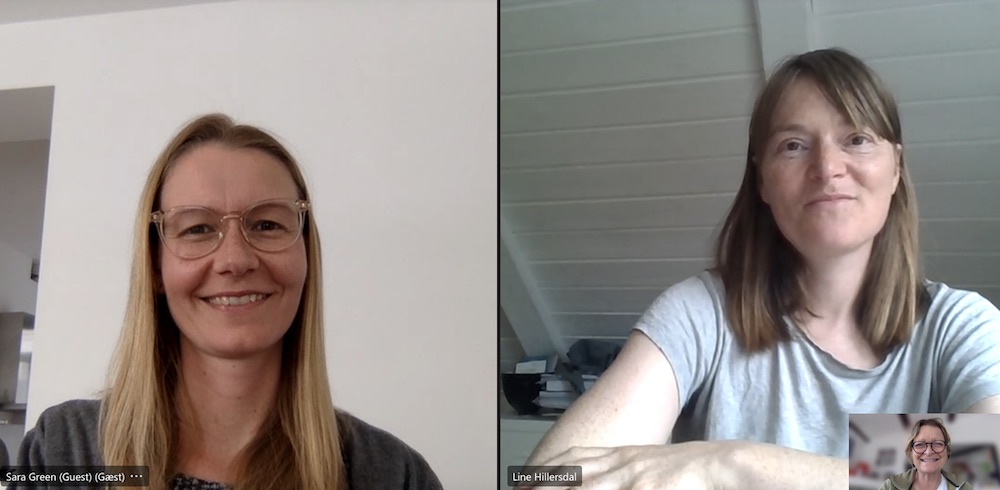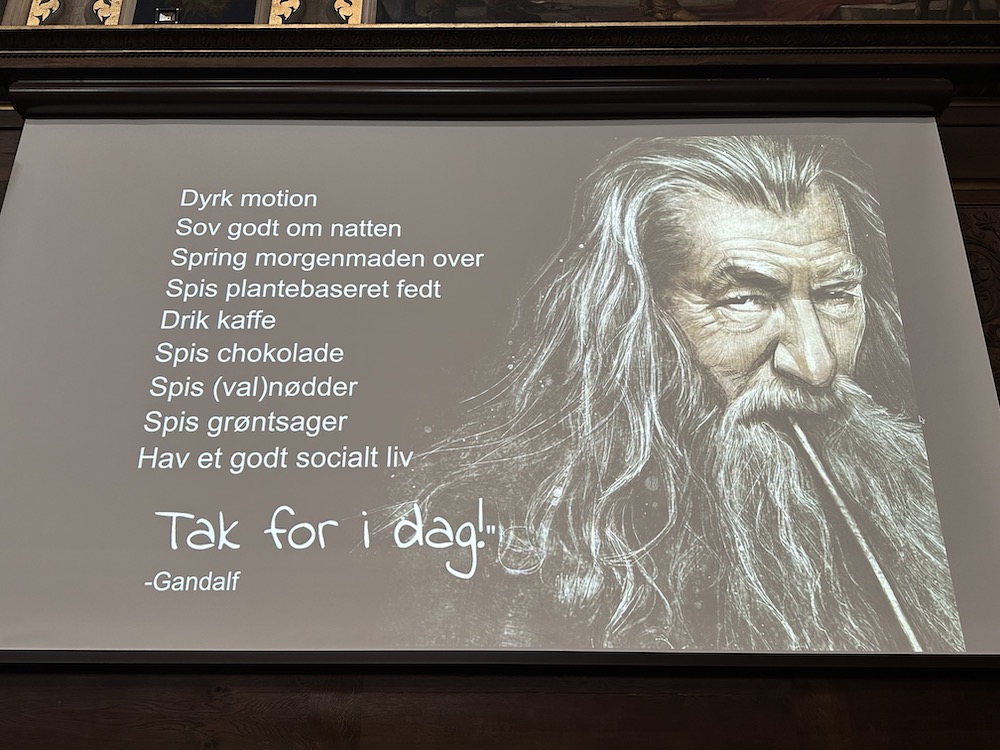
Preventing Ageing Comes With Huge Ethical Issues
Health policies and scientific efforts increasingly focus on how to postpone ageing and death and aim for better and longer lives. This raises a range of ethical questions such as what it means to age ‘healthily’, and where it is meaningful to draw the line. Line Hillersdal, anthropologist, and Sara Green, biologist and philosopher of science, have been following a scientific study on ageing biomarkers to show the intersection between ethical issues and the many scientific efforts to stall the ageing process.
Some people will work until they are 60 years old, others till they are 90. Why is there such a difference on how humans age? With ‘ageing biomarkers’ you can attempt to explain and measure the differences. There are hundreds of biomarkers (see Atlas of Ageing Biomarkers), and there are even more scientific projects studying them in order to extend lifespan and leave us with better and longer lives.
The scientific project they followed attempts to develop a new ageing biomarker. The vision of the project is that the new biomarker will be predictive of a range of age-related conditions, which may be preventable through personalized nutrition. Line Hillersdal and Sara Green from University of Copenhagen combine philosophical analysis and ethnographic fieldwork to document how efforts to improve the measurement of ageing brings about new conceptual challenges of what is ‘healthy’ and what is ‘unhealthy’ ageing. Their study highlights that framing ageing as a risk has social and ethical implications.
“Science not only uncovers what ageing is, objectively speaking, it also takes part in framing and depicting ageing as a problem. It medicalizes ageing. The aim for better and longer lives is normative. It depends on who you talk to. Some are worried about the future and want to prevent ageing as much as they can. But a life where you constantly have to worry about diseases, you may never get, can easily conflict with how others view a good life,” says Sara Green.
“Many older persons do not look at their bodies as repair projects,” explains Line Hillersdal. “The good life for many older persons might be more about social relations, eating the food you like, and the day-to-day good living. Staying healthy has a horizon, and there is a midlife bias.”
The awareness of the “midlife bias”, i.e., that we tend to project midlife values onto our views of healthy ageing, according to 47-year old Line Hillersdal. She along with the 36-year old Sara Green are reluctant to answer the question on what a good life means for them personally, when they age. Just that they hope to be able to do what they do today like hiking and kayaking and maintain the same functions. But what is important in life may change. Neither of them have yet met a health barrier.
However, they can answer this question: If we could predict that you get breast cancer, when you turn 70, would you like to know that prediction today?
“No,” says Line Hillersdal. “I don’t have need for knowing that. However, it does depend on whether there are things, I could do, to change the situation.”
Sara Green: “Typically, risk predictions are not deterministic, but probabilistic. That is, you may be at higher risk, but it is uncertain whether you will experience that problem. There are some genetic components in hereditary breast cancer that are highly predictive. If you find these highly predictive biomarkers, it would be good to know, as you can then enroll in additional screening programs. But I am hesitant because many markers are uncertain, and we don’t have efficient ways to prevent all diseases. I would prefer not to know, if I cannot act on it, as I would not risk a loss of life quality. But people are different. Some would make more out of life by knowing.”
A huge ethical dilemma is how to draw the line between ‘health’ and ‘disease,’ and with what implications. Who should draw that line, the individual?
“Society should draw the line. We should not individualize risks. There are always people who cannot live a life that will protect them from illness and will be at risk. Some are too poor and don’t have the resources to live otherwise. Individualizing risk will thus stigmatize certain groups,” says Line Hillersdal.
“The issue is also how to measure risk. This is a controversial point, “says Sara Green and concludes: “If you tell people they have a high risk of something, they become aware of a health problem, they don’t yet feel. So, it is also a question about values, about where to draw the line. The hope of many of the new technologies is to identify only those, who do not need to worry, and those who will benefit from intervention.”
Ageing biomarkers and the measurement of health and risk by Sara Green and Line Hillersdal. Published in: History and Philosophy of the Life Sciences

